Infection numbers keep rising globally with Africa particularly hard hit. There is no foolproof containment strategy but being outside is increasingly recognised as safer. Future lockdowns, which are inevitable, will be more localised and less stringent. However, a simple absence of lockdown is not enough to re-kick economic activity, it must be coupled with consumer confidence and a sense of security.
COVID-19 Economic and Epidemiological Impact – Analysed in just a few gobbets for time-starved, over-solicited decision-makers
- In most countries around the world, cases of infection keep going up. There are resurgences in countries that had succeeded in containing the pandemic, like in Hong Kong, or those that thought COVID-19 was behind them, like in Spain (where there are now 224 local outbreaks). Even in countries where the pandemic is under control, cases are rising, albeit from a very low base (like in Japan, which has a current 0.5 daily cases per 100,000 compared to 0.2 two weeks ago, or France, with 1.1 daily cases / 100,000 compared to 0.8 two weeks ago).
- Most of Latin America, parts of South Asia, and pockets in the US have been or are being overwhelmed by COVID-19, but it is in Africa that the pandemic is now gaining most momentum. Thanks to its youthful population, Africa will have fewer deaths than the US and Europe, but the economic impact of the pandemic will be devastating.
- Hong Kong, which for months has been regarded as a model for how to deal efficiently with the pandemic, epitomizes how hard it is to contain COVID-19. The “model city” is one of the few places in the world where schools, malls, and restaurants had remained opened; but a wave of new cases whose origin is uncertain (probably convoluted quarantine exceptions despite a sophisticated contact tracing system) is now forcing the authorities to implement drastic new restrictions.
- There’ll be many more lockdowns and restrictions, but less stringent than those that took place at the beginning of the first wave. With the knowledge accumulated since the pandemic started, they’ll be limited in space and in time and organised along the following principles: being outside is safe. So is, to a lesser extent, being indoors for a limited period of time while wearing a mask. What is unsafe is to congregate in large numbers in a confined place for a protracted period of time.
- A lot remains unknown about the pandemic, with good news and bad news. The good news lies in promising developments in the two domains that matter the most to contain the pandemic: (1) a vaccine and (2) a treatment. Two new studies offer encouraging evidence that research on vaccines is progressing fast with encouraging results (BUT experts and investors don’t see one being ready until at least the second half of 2021 – already a prodigious achievement if it materialises). On the treatment front, different trials of commonly available drugs seem to reduce the odds of patients become severely ill or dying. The bad news is the increasing conviction among scientists that children pass on the virus (less often than adults from those under 10, but like adults for those above 10). This will further complicate the problem of reopening schools this autumn.
- Not surprisingly, sentiments are deteriorating globally. The anxiety about catching COVID-19 combined with an exceptional degree of uncertainty about what lies ahead are exacting their toll. In the US in particular, business executives are increasingly concerned about a prolonged economic disruption while many workers fear losing their job or reduced incomes.
- A range of economic studies makes it clear that the failure to contain the pandemic has a sharp detrimental effect on economic activity, even when the economies remain ‘open’. Put differently, reopening, or keeping economic activity going, when consumers are not confident that COVID-19 is under control, serves no purpose. Just one example to prove the point: in Germany, the number of people eating in restaurants is now 5% above the level of 18 February, while in the US it is still 60% below the corresponding level.


